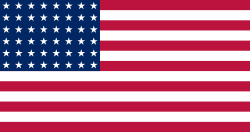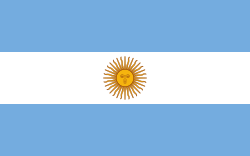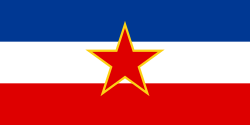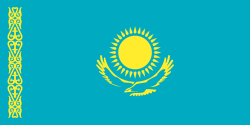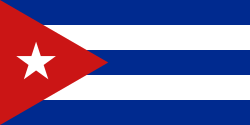Harry Mitchell (Boxer)
| Harry Mitchell Medaillenspiegel | ||
|---|---|---|
| Olympische Spiele | ||
| Gold | Paris 1924 | Halbschwergewicht |
Harold James „Harry“ Mitchell (* 16. November 1895 in Tiverton, England; † 8. Februar 1983 in Twickenham, London Borough of Richmond upon Thames, England) war ein britischer Amateurboxer im Halbschwergewicht.
Karriere
Mitchell wurde von 1922 bis 1925 fünf Mal in Folge Englischer Meister. Er qualifizierte sich für die Olympischen Sommerspiele im Jahre 1924 in der französischen Hauptstadt Paris und gewann in seinem ersten Kampf gegen den Niederländer Karel Miljon durch dessen Disqualifikation in Runde 3. Sein zweites Gefecht brachte ihm einen Punktsieg gegen den Franzosen Robert Foquet ein. Somit zog er ins Viertelfinale ein, wo er mit Georges Rossignon erneut auf einen Franzosen traf. Mitchell konnte diese Auseinandersetzung bereits in der ersten Runde durch K. o. für sich entscheiden.
Im Halbfinale bekam er es mit dem Italiener Carlo Saraudi zu tun. Der Kampf verlief sehr langweilig, was daran lag, dass Saraudi exzessiv hielt und klammerte. Nach Anschauung vieler Beobachter hätte er deshalb disqualifiziert werden müssen, und für viele war es eine peinliche Leistung des Italieners. Mitchell ging letztendlich als Punktsieger hervor und stand dadurch im Finale. Dort musste er sich mit dem späteren zweifachen dänischen Europameister Thyge Petersen auseinandersetzen. Mitchell gewann diesen Kampf nach Punkten und errang somit die Goldmedaille.
Sonstiges
Im Vereinigten Königreich gibt es ein Freizeitzentrum, das nach Harry Mitchell benannt ist, es nennt sich Harry Mitchell Leisure Centre.
Weblinks
- Harry Mitchell in der Datenbank von Olympedia.org (englisch)
| Personendaten | |
|---|---|
| NAME | Mitchell, Harry |
| ALTERNATIVNAMEN | Mitchell, Harold James (vollständiger Name) |
| KURZBESCHREIBUNG | englischer Boxer |
| GEBURTSDATUM | 16. November 1895 |
| GEBURTSORT | Tiverton |
| STERBEDATUM | 8. Februar 1983 |
| STERBEORT | Twickenham |
Auf dieser Seite verwendete Medien
Pictograms of Olympic sports - Boxing. This is unofficial sample picture. Images of official Olympic pictograms for 1948 Summer Olympics and all Summer Olympics since 1964 can be found in corresponding Official Reports.
Flagge des Vereinigten Königreichs in der Proportion 3:5, ausschließlich an Land verwendet. Auf See beträgt das richtige Verhältnis 1:2.
Olympic Rings without "rims" (gaps between the rings), As used, eg. in the logos of the 2008 and 2016 Olympics. The colour scheme applied here was specified in 2023 guidelines.
Olympic Rings without "rims" (gaps between the rings), As used, eg. in the logos of the 2008 and 2016 Olympics. The colour scheme applied here was specified in 2023 guidelines.
US Flag with 48 stars. In use for 47 years from July 4, 1912, to July 3, 1959.
Flag of Italy from 1946 to 2003, when exact colors were specified.
(c) I, Cmapm, CC BY-SA 3.0
The flag of the Soviet Union (1955-1991) using a darker shade of red.
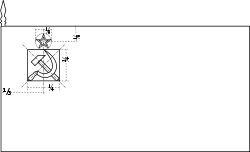
(c) I, Cmapm, CC BY-SA 3.0
The flag of the Soviet Union (1955-1991) using a darker shade of red.

Flag of the Socialist Federal Republic of Yugoslavia (1946-1992).
The design (blazon) is defined in Article 4 of the Constitution for the Republic of Yugoslavia (1946). [1]
Flag of South Africa, used between 1928 and 1982. It is identical to the 1982 to 1994 version except that the shade of blue is darker. It is also known as the "Oranje-Blanje-Blou".



